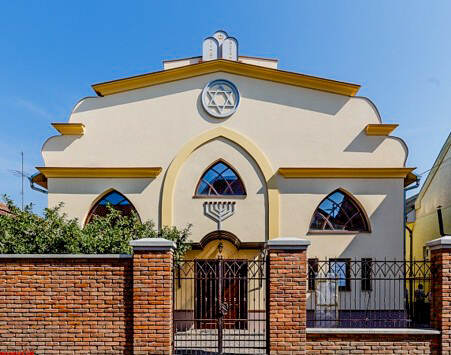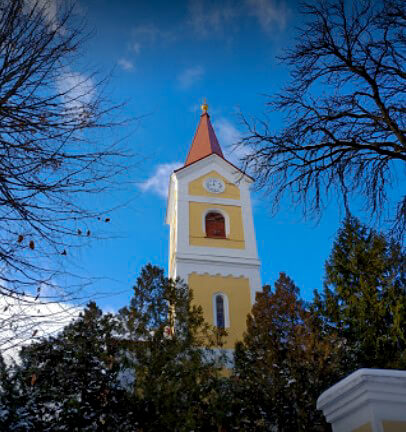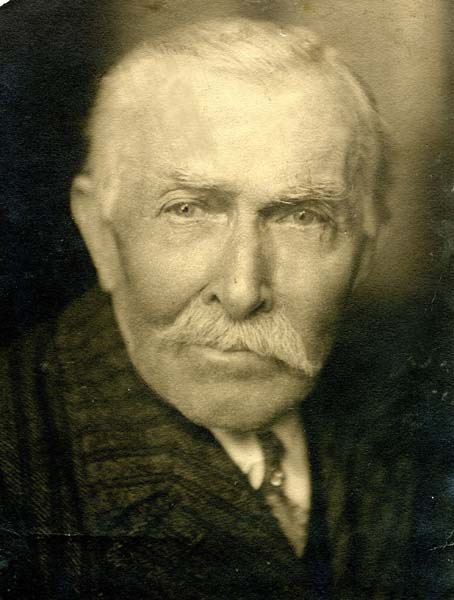Spiritual life in Transcarpathia has undergone significant changes over the past hundred years. At this time, religious communities of the ” late Protestantism’s» (Methodists, Baptists, Adventists, Jehovah’s witnesses, and others). They originated in the region thanks to missionaries and those Transcarpathians who went to work in Western Europe and Americans.
The situation of all religious movements in Transcarpathia significantly improved during the Czechoslovak Republic. Thanks to the tolerant policy of President Tomas Garig Masaryk, the necessary conditions have been created for the free and equal coexistence of all faiths. At this time, recovery began Orthodox church, оthis is due to a number of reasons. This was, in particular, a peculiar reaction to the process of magyarization and czechization of the population. The awakening of national consciousness in the Patriarchal Transcarpathian village acquired a confessional character, local peasants spontaneously attracted to the Orthodox Church.
During the existence of Transcarpathian Ukraine (November 1944-January 1946) The people’s Council adopted a number of decrees that abolished all religious privileges and eliminated state maintenance temple and monasteries’. The education system was transferred from the Church’s subordination to the relevant state bodies.

Recent years have not been easy for the believers of Transcarpathia. The Soviet government forced the population of the region to adopt a scientific and materialistic worldview. At the same time, an active struggle was waged against “religious remnants”. In the late 1940s and early 1950s, religious organizations in the region were subjected to repression. Some of them (Greek Catholic, Pentecostals, Jehovah’s witnesses, and others) were outlawed; others (reformers, Baptists, and others) were formally recognized by the state, but in reality were oppressed. Many religious buildings were closed and destroyed. From 1945 to 1985, before the beginning of democratization in the Transcarpathian region of the Ukrainian SSR, 26 were destroyed wooden church and 32 stone churches, more than ten belfry, dozens of chapels. Irreparable damage was caused not only to the religious, but also to the entire spiritual life of Transcarpathia.

After Ukraine gained independence, various religious denominations gradually began to revive. Today tourists are surprised by the abundance temple and other religious buildings in Transcarpathian villages.









